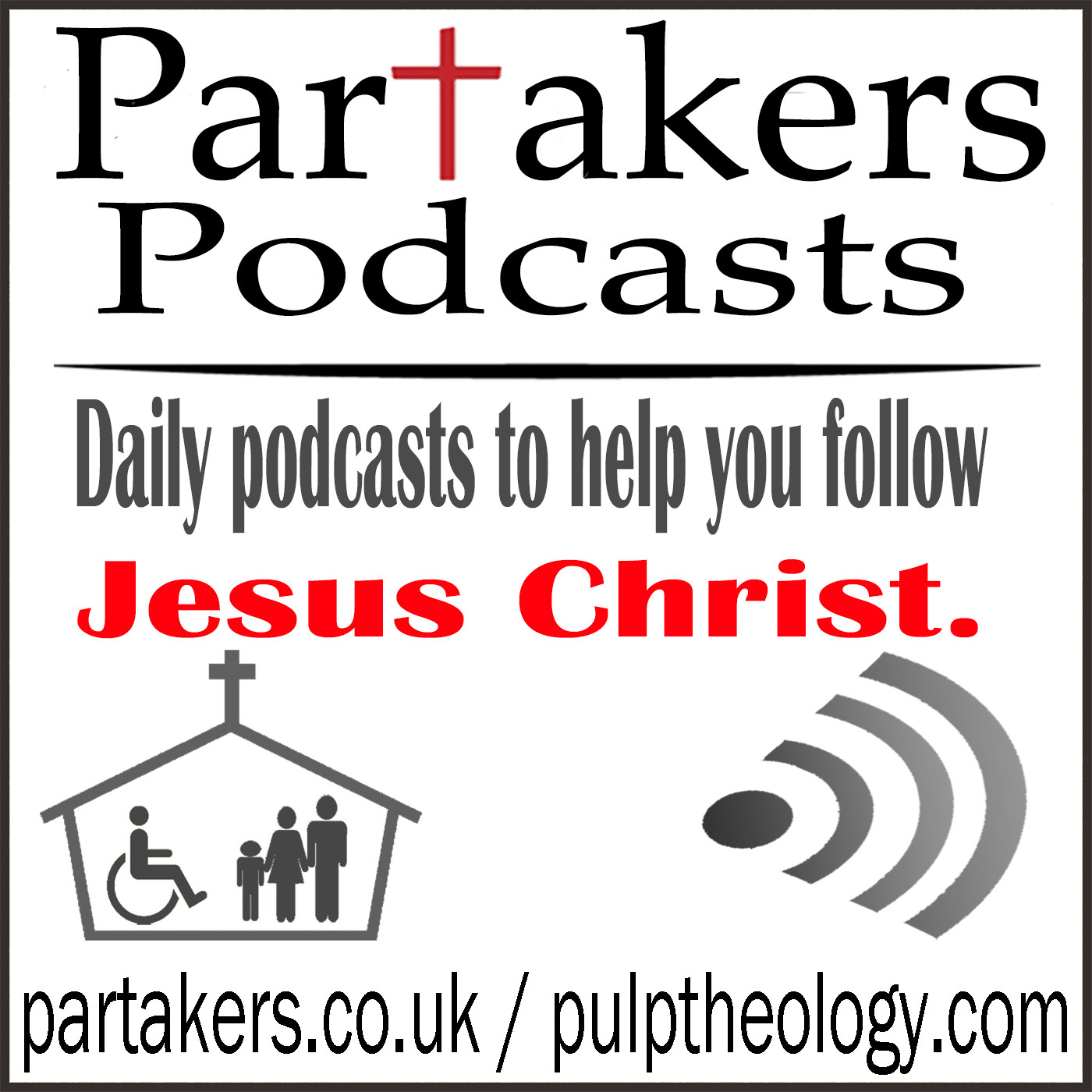
426.2K
Downloads
3365
Episodes
G’day and welcome to Partakers Christian Podcasts! Join us for uplifting Bible teaching, inspiring readings, heartfelt worship, powerful prayers, and fascinating church history. Whether you’re new to faith or growing deeper in your journey, we’re here to encourage and equip you. 🎧 Tune in, interact, and be inspired—wherever you are in the world.
Episodes

Monday Oct 27, 2025
Church History Part 17
Monday Oct 27, 2025
Monday Oct 27, 2025

HAHA Part 17
The Papacy at its Height
Today we look at the papacy at the height of its power…
After Charlemagne, the church declined rapidly into its lowest point - immorality, corruption, simony (buying positions in the Church). However that was soon to change! Throughout Europe, civil authorities sought power over the church and endeavoured to limit the power of the Pope. However, reform was coming and the church started to get its own house in order.
The Cluniac Monastic Movement - This as a reform movement started by Duke William 1 in the year 910, in a monastery in Cluny, France to purify the monastic movement. Most of the needed reforms were undertaken by Odo and quickly spread throughout France, England, Spain and Italy.
The catalyst for this reform was the large scale corruption with the church. Simony and concubinage were rife and resulted from secular interference and the Church’s strict integration with the ruling systems.
The reforms set in place, quickly spread quickly, to over 350 houses in the 10th century. This produced many prominent leaders who set out to reform the Church. We will see more of those leaders in coming episodes of this series. In 1059, the papacy was removed from interference from secular powers. The creation of the College of Cardinals was formed to elect new Popes.
Hildebrand – He is also known as Pope Gregory VII. Before he came to power, he was an archdeacon. He strongly advocated the celibacy of the clergy and attacked simony and corruption. Hildebrand fought for freedom of the church from the state. He claimed everyone was to be subject primarily to the Pope, before they were subject to the civil authorities.
He had a long battle with the Holy Roman Emperor Henry IV, and was eventually placed in exile. He did perpetuate the thought that pope was the visible head of the church and the presence of Peter in all bishops of Rome, the Pope. The church attained a state of power and authority over the lives of all people and sought to influence every aspect of their lives.
The Crusades (1095 - 1270) - These were religious wars fought by the Western empire to recover Holy Land from Islam and to protect Constantinople. There were 7-8 major crusades, although this was a continual flow of people. People were offered incentives to join - miraculous provision; no tax; free from purgatory etc. Thousands died on the long journeys. Only the 1st crusade was successful in regaining Jerusalem. They arrived in 1099, and subsequently lost it in 1150, and it was never regained. The remaining crusades achieved very little despite the great efforts. Chief behind these crusades was Pope Innocent III.
Innocent III (1198 - 1216) - Pope Innocent III humiliated the kings of England and France, and forced them to be obedient to himself and his whims. This shows that he had great power and control over nearly all Christian kings in Europe. Innocent III had the same policies as Hildebrande, but carried them out to a greater success rate He presided over the 4th Lateran Council - one of the Roman Catholic churches greatest councils.
4th Lateran Council - This Council called by Pope Innocent III and began November 11, 1215 in Rome’s Lateran Palace. It is also sometimes called the General Council of Lateran with over 1400 participants from the breadth of the church clergy, as well as representatives of several monarchies.
Innocent III presented 71 decrees over the course of the Council. This included the decree to free the holy Land from Islam rule, which was part of the Crusades. Those decrees were ratified with little discussion and enacted upon.
Some of the things ratified at the Council included:
- Procedures to penalise heretics and their protectors
- Great encouragement to the Orthodox church to reunite with the Roman Church and accept its decrees, that there may visibly be only one church.
- The decree Omnis Utriusque Sexus, whereby all Christians were to confess their sins at least once a year to their own priest. This was ratification of earlier decrees, therefore making confession before a priest a sacramental obligation.
- Jews and Muslim peoples were to wear special clothing in order to distinguish them from Christians.
- Christian authorities were to take action against blasphemous behaviour.
That’s it for this time! Next time in our series we will start to look at the Church in the Middle Ages. Thanks for listening! Come back to Partakers, where every day there is something new to encourage your walk as a Christian in the 21st century.

No comments yet. Be the first to say something!